All you need to know about menstrual products
As I promised in my last blog post Menstruation series: an introduction, I’d like to try and answer some questions related to our periods.
So today, I’ll talk about menstrual products. Even if you think you already know everything there is to know, it’s always good to be up-to-date. I’m sure you’re familiar with pads and tampons but do you know about all the eco-friendly options there are? Have you ever heard about free-bleeding?
Traditional menstrual products
What we know as mainstream feminine hygiene products are pads and tampons.
Pads
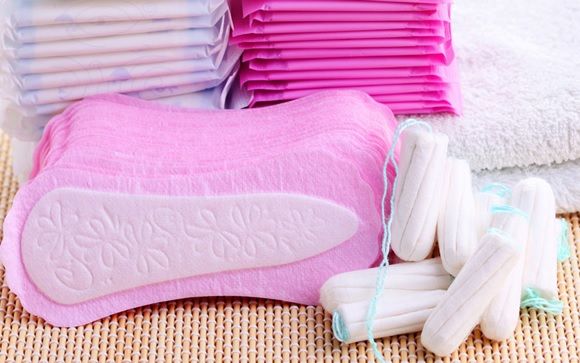
Also known as sanitary pads, sanitary napkins or menstrual pads. These are rectangle-shaped pads made from absorbent material. Offered in various lengths and absorbency levels, pads are often preferred by women on light-flow days or for when they might be spotting between periods. They stick to your underwear. And yes, the sticky part should be touching your underwear. It may seem obvious but I had a friend in my teenage years who, during her first period, had no idea how to use a pad and she placed the sticky part facing her genitals.
Pros: quite comfortable to wear; sold basically everywhere; affordable.
Cons: they’re not friends of the environment.
Tampons
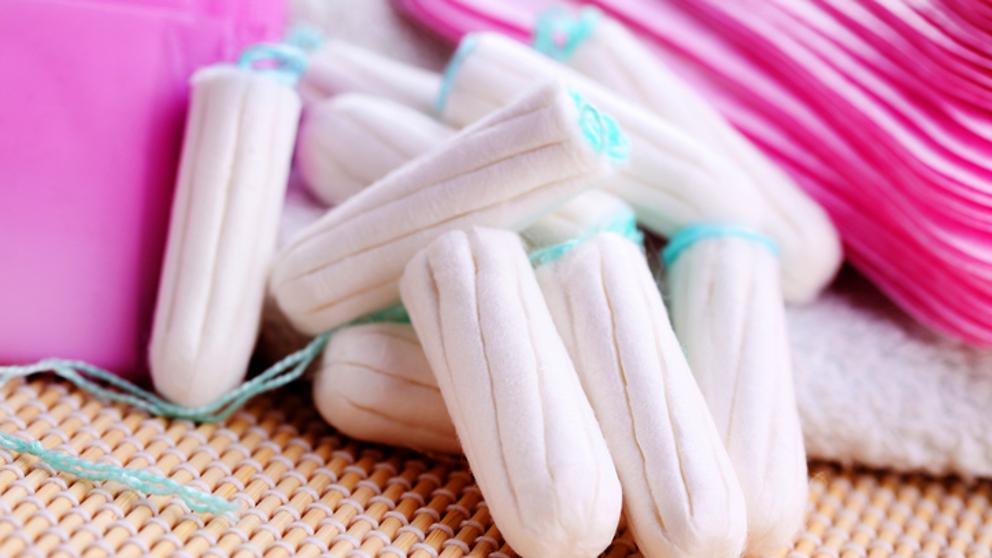
They are also made from absorbent material but in this case, the material has been compressed into a small cylindrical shape making it easier for you to insert it in your vagina. There are different sizes and some brands include an applicator. If you’ve never used a tampon before, putting it on might be a bit difficult. It’s important that you find a comfortable position: either seated on the toilet seat or Captain Morgan pose —placing one foot on the bathtub. Read the instructions carefully and please, don’t push your tampon upwards. The first movement should be “downwards” inside your vagina and then you push it up.
Pros: if well-placed, they are really comfortable; affordable; easy to get.
Cons: like pads, they are not friends of the environment.
Alternative menstrual products
Menstrual Cup

Image: organicup.com 
Image: organicup.com
Probably the most famous of all “alternative” menstrual products. It is a little cup made of soft silicone that you insert into your vagina. After insertion, it springs open to form a seal against your vaginal wall and collect your menstrual fluid. It is a good choice if you have heavy periods because it doesn’t leak and it holds more than a tampon. The average menstrual cup holds about 30 ml, which is equal to about 3 tampons. If you’ve never tried it, insertion might be your biggest obstacle. Once you feel comfortable putting on and taking it out, it will change the way you perceive your period. I started using it 6 months ago and I don’t know how I lived without it all those years. Click here for a great video instruction.
Pros: environment-friendly product; they don’t dry out the mucus membrane of your vagina; cheap; reusable.
Cons: insertion can be tricky.
Period Panties
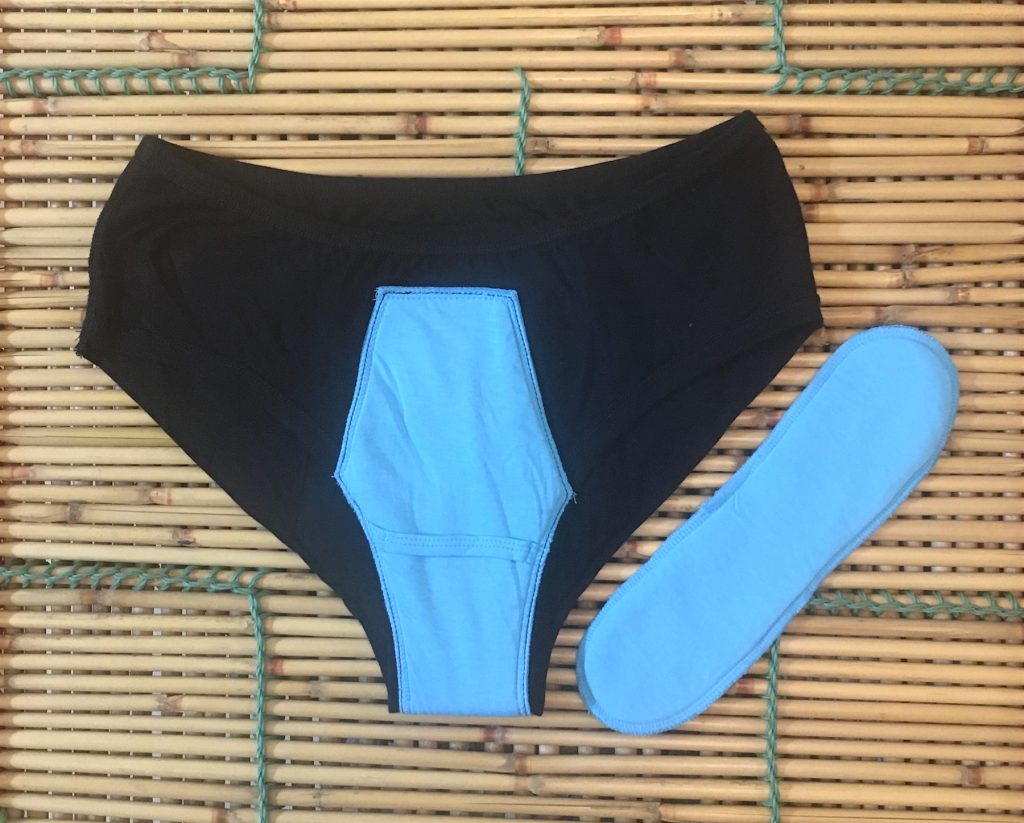
Image: lalicup.com 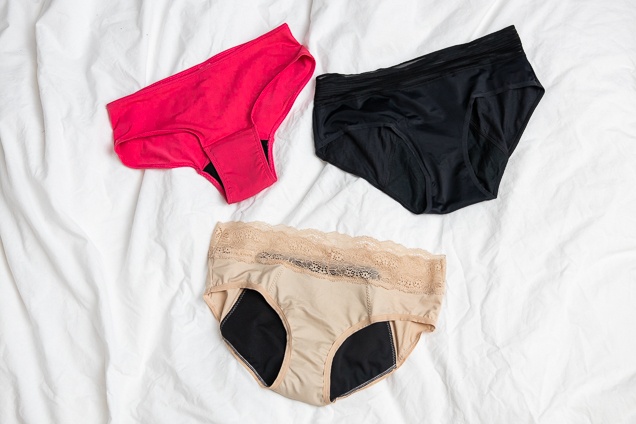
Image: Michael Hession
Also known as Period Underwear, Period Underpants or “bloody diapers”, they are a relatively new addition to the feminine hygiene product market and are mostly sold online. They have a moisture-wicking layer over an absorbent layer in the gusset, protected by a leak-resistant layer. They are washable and can be reused many times. You can wear them as a backup of other menstrual products or alone.
Pros: reusable; environment-friendly product; comfortable; affordable.
Cons: not many styles and colours out there; mostly found online.
Sea Sponges

Also known as Menstrual Sponges, Sea Sponge Tampons or Period Sponges, they are simply natural sea sponges. Once you have sterilized them, you just have to wet the sponge with water and squeeze it to make sure it’s softened. Then, insert the sponge into your vagina until you no longer feel it. If you can still feel the sponge, it’s probably not in far enough. To remove it, insert your fingers, grab it and pull it out. Obviously, if your sponge has a string on it, pull it out by the string. Rinse the sponge with fresh water and squeeze it out before reinserting. Easy, right?
Pros: sea sponge is all-natural, which makes it biodegradable and non-toxic to the environment; reusable; affordable.
Cons: possible leaking; not suitable for heavy bleeding.
Cloth Pads

These are a reusable version of the traditional sanitary pad. Shaped very similarly to regular pads, cloth pads can be used for several months. Generally, they are made from layers of absorbent fabrics (such as cotton or hemp). They may be hand or machine washed but they should not be dried on tumble drier.
Pros: reusable; environment-friendly product; comfortable; affordable.
Cons: it takes time to wash and dry; they can stain.
Free-bleeding
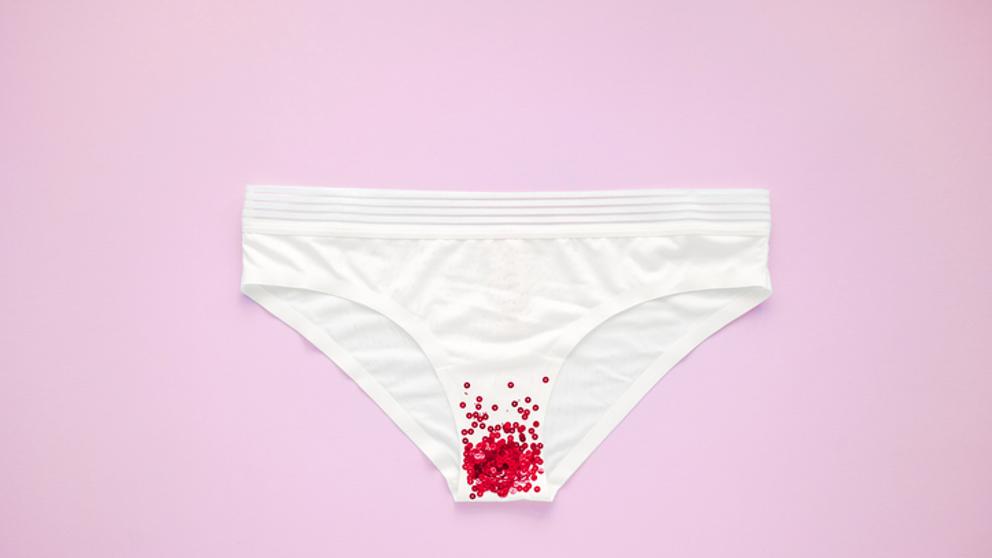
This is a growing practice and it relates to the empowering movement of women. It involves experiencing your period so freely that you don’t use any product at all. You just don’t block or contain your menstruation. It is mostly practised by women who have light periods. In case you didn’t know, you can train your pelvic muscles to hold your bleeding and release it once you’re in the toilet. However, some women just don’t care what people think and allow their menstruation to flow freely.
What do you think? Is there any product you’d like to add? Which one is your favourite? Mine is the menstrual cup. Let me know your opinion in the comments!

Hi there! I’m Ariadna, founder of the #menstruanslation project.
I’m here to share some thoughts and ideas about my job as a translator. I love writing about language, women/feminism, health, and wellbeing, among other interesting topics.
I write in #English and in #Spanish for my web and I am part of the #Generistas YouTube channel.
If you liked what you read above, I invite you to comment and share in your social media.
1 comment so far